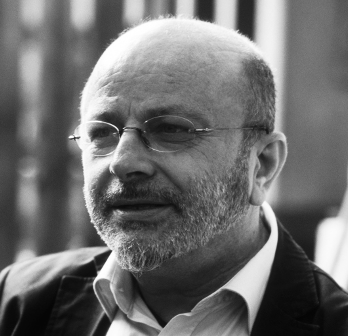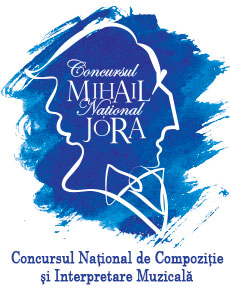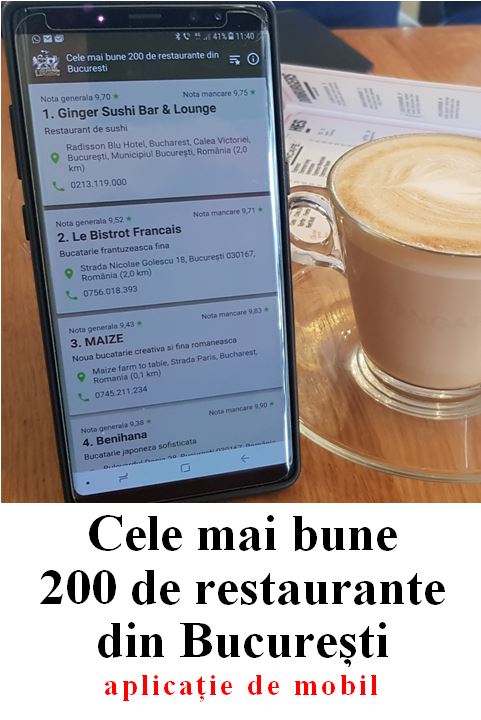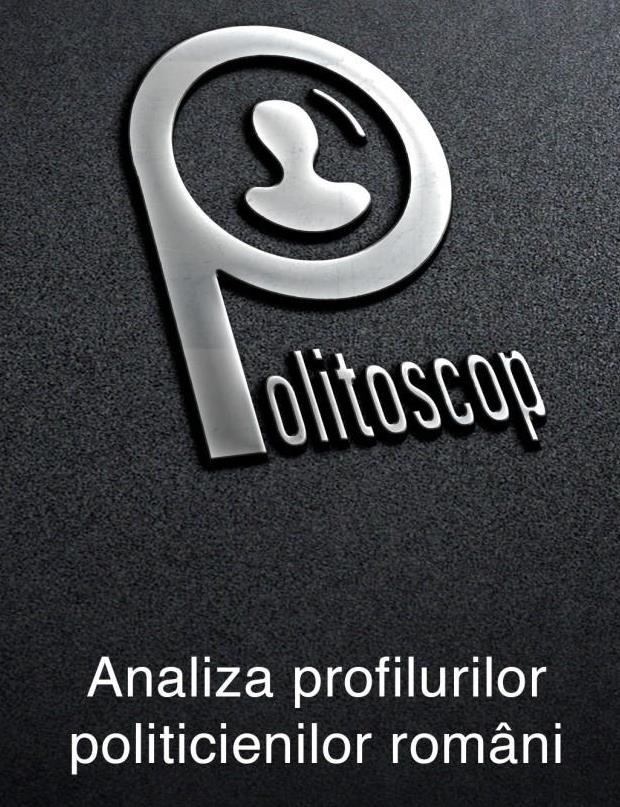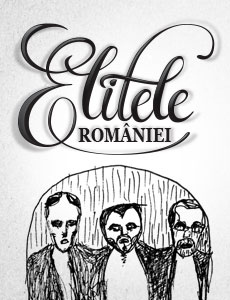The Berendel Foundation, London
University of Leicester’s Centre for Medical Humanities
Cantemir Institute at the University of Oxford
Mapping Humans. From Body to Cosmos
AN INTERNATIONAL CONFERENCE
Oxford, 13-15 September 2012
Due to both the advancement of learning and to the extreme fragmentation of the intellectual, ideological, educational, and research agendas in the social sciences and the humanities, there emerged a need for (the rhetoric, if not the epistemology, of) inter-, trans-, meta-, or postdisciplinarity in order to cover what traditionally constituted integrated or at least closely related objects of study. Cartography is a case in point, as history and geography have grown apart in most school and university curricula. Nevertheless, over the last decade or so, some authors have
started to advocate and practice what has been called a spatial turn. As other turns–linguistic, cultural, narrativist, iconic, pictorial, etc.—seem to have exhausted much of their original promise, bringing space back in the focus of research might be helpful in terms of relaunching the dialogue between such disciplines as history, geography, ethnology, cultural anthropology, social psychology, linguistics, literary theory, cultural studies, religious studies, as well as emerging new fields such as medical humanities, etc. And when space and spatiality ‘are back’, maps have to be brought back as well. Maps of all sorts. And all kinds of mappings.
Mapping has become an inflationary term over the last decade or so, possibly because one particular phrase, mental mapping, has caught the imagination of many scholars from various disciplines, and has become a kind of buzz word. It might well be that the adjective, mental, has rescued the noun, mapping, and has brought it to the attention of people who had not been interested in any form of cartography. Ironically, while cognitive studies, the field wherefrom mental was taken, are undergoing a serious (self-)critical scrutiny, mental mapping is thriving.
Complex entities such as nations, states, empires, and historical regions (both subnational and transnational), cultures, languages, religions, etc. can only be studied by means of an interactive cluster of simultaneous mappings, ranging from pragmatic, routine, everyday, individual topographies to sacred and symbolic collective geographies, and from premodern and early modern chorographies to what were called ‘ethnic ontologies’ (worldviews that ascribe to ethnic groups their exclusive time–not just history–, space—not just territory–, Being—not just
national character), and to various modern and postmodern cartographies of development, resources, institutions, human activity, inclusion/exclusion, health/illness, income, infrastructures, power, etc. To critically assess all these mappings, traditional and brand new, and to foster an intercultural, trans-disciplinary theory of multiple mapping, in an attempt of locating humans on an intricate nexus of intersecting, interactive spaces, times, and chronotopes, an international conference is convened.
On the basis of the conference proceedings, a collective volume is to be published in the book series, “Reflections on (In)Humanity” (V&R unipress and National Taiwan University Press).
